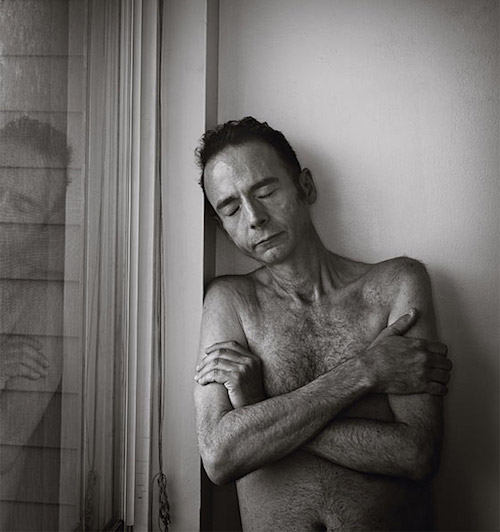Timothy Ray Brown | The Berlin Patient
(1966 - 2020)
Timothy Ray Brown's story - arguably one of the most followed in the realm of HIV research - began in 1995 when he was diagnosed with HIV while attending school in Berlin. For the next 11 years, doctors treated him with anti-retroviral therapy, to which he responded positively.
In 2006, however, Brown's health deteriorated. He was diagnosed with acute myeloid leukemia - and underwent chemotherapy. While the first round of treatment appeared to work, it also made him more susceptible to infections. Brown developed pneumonia and battled sepsis halfway through his third round of chemo. His doctors realized they would have to try a different approach.
I wouldn’t wish this on my worst enemy.
Timothy Ray Brown
Photography courtesy of Dan Winters

His oncologist, Dr. Gero Hütter of the Charité Hospital in Berlin, opted to give Brown a stem cell transplant to treat his leukemia. But rather than choosing a matched donor, he used the stem cells of a donor who had a CCR5 mutation that makes cells immune to HIV. In results later published in the New England Journal of Medicine, Hütter and his colleagues reported that the transplant not only treated Brown's leukemia but had also eliminated HIV from his system.
Brown stopped taking his anti-retrovirals the day of the transplant, and never took them again. However, many hurdles remained. A brain biopsy left him temporarily paralyzed and nearly blind. His recovery, complicated by injuries from a 2009 mugging in Berlin, left him with limited vision and neurological damage.
After years of false alarms, researchers in 2019 announced that they had successfully treated a second case, the “London Patient,” using Brown’s transplant procedure. That patient identified himself in March as Adam Castillejo, a 40-year-old native of Venezuela who had migrated to Britain two decades earlier and told in 2003 that he was HIV-positive before being diagnosed with Hodgkin’s Lymphoma 8 years later.
Both Brown and Castillejo went through punishing recoveries from the bone marrow procedure, which experts noted would be unsuitable for wide use due to its high risk and expense. Still, the hope that it could pave the way for a more common cure remains.
Unfortunately, 13 years after his cure, Brown suffered a terminal relapse of leukemia, unrelated to HIV, and died on September 29, 2020. Before his passing, Brown relayed through his partner, Timothy Hoeffgen: “Tell people to keep fighting. Fight for a cure for HIV that works for everyone. I never wanted to be the only one.”